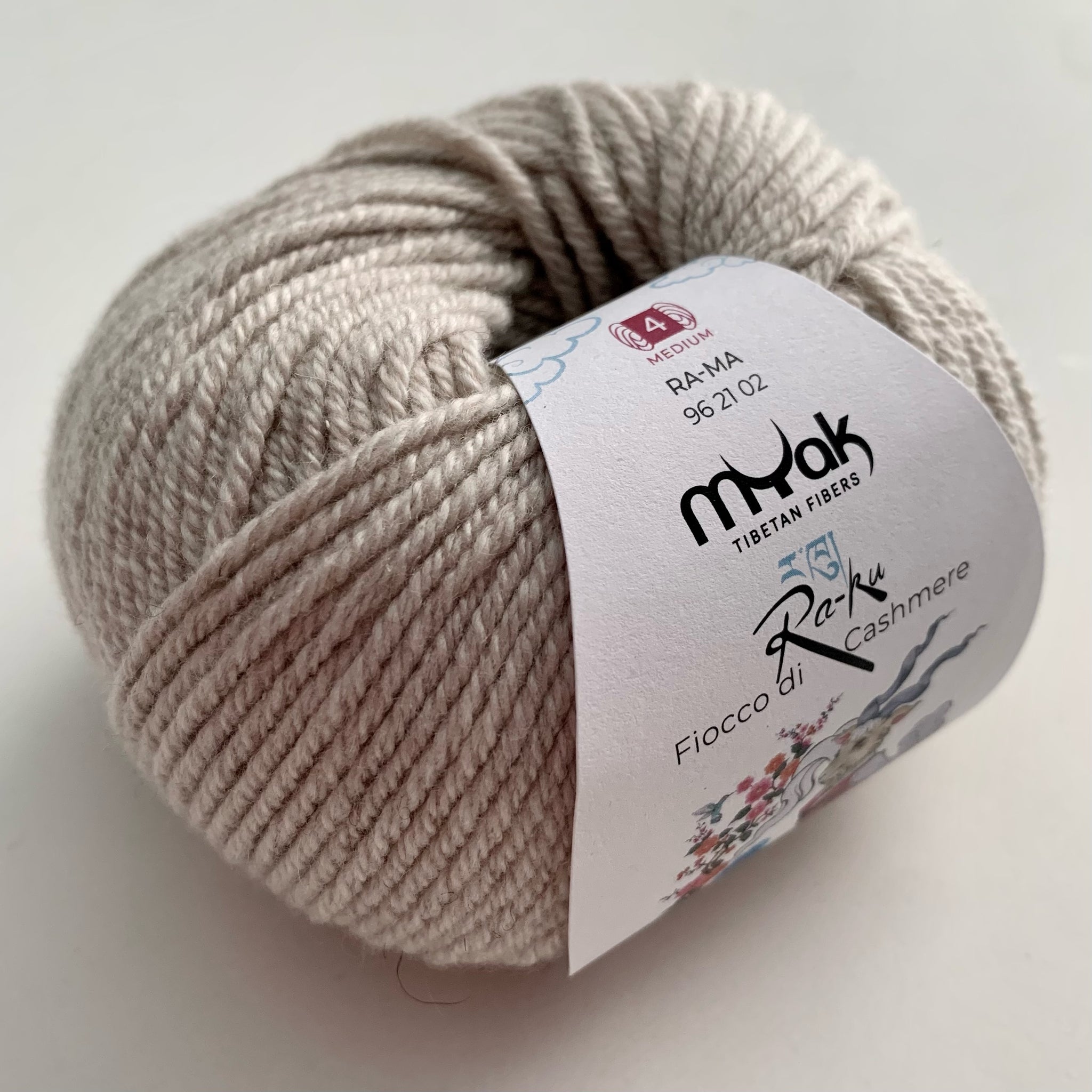Discovering the Numerous Kinds Of Cashmere a Natural Fiber for Ultimate Deluxe
Cashmere, a natural fiber, is usually associated with high-end and convenience. Not all cashmere is produced equivalent. From the richly soft Mongolian range to the lightweight warmth of Indian Pashmina, each type offers its own special functions and allure. The extra budget-friendly Chinese cashmere, the conventional Scottish variant, and the premium Italian blend, all tell a different story of this impressive fiber. As we untangle the globe of cashmere, a deeper understanding of its real worth and refinement starts to arise.
Comprehending the Glamorous Nature of Cashmere
Cashmere, typically associated with luxury and convenience, holds a special attraction in the world of natural fibers. Unlike various other natural fibers, cashmere combines insulation with breathability, supplying unrivaled convenience across differing temperature levels. Its shiny coating and soft texture contribute to its high-end charm, justifying the costs price that usually comes with cashmere garments.
Just What Is Cashmere and Where Does It Originate from?

Provided these exceptional top qualities, one could ask yourself about the beginning and makeup of this glamorous fiber. Cashmere is stemmed from the soft undercoat of cashmere goats, primarily discovered in Mongolia, China, Iran, and Afghanistan - is cashmere a natural fiber. These goats are adjusted to rough climatic problems, creating an exceptionally fine, soft underfur as a protection versus the bitter cold. This underfur, or undercoat, is what is harvested for cashmere. Each springtime, when the goats naturally dropped their wintertime layer, farmers comb the fine underhair, leaving the coarser hair behind. This careful procedure adds to the shortage and high price of cashmere. With its beginning in the extreme landscapes of Asia, cashmere is a testimony to nature's capability to generate deluxe from adversity.
Decoding the Different Kinds Of Cashmere
Understanding the different sorts of cashmere is crucial to appreciating the top quality and special qualities of this lavish textile. Normally, cashmere is categorized into 3 types: raw, virgin, and recycled. Raw cashmere is directly obtained from the goat and is unprocessed. This kind often contains contaminations such as dirt and rugged hair. Virgin cashmere, on the other hand, is the pure, unrecycled product that is spun right into thread for the very first time. It is the softest and most glamorous. Finally, recycled cashmere is made from virgin material that has actually been previously utilized. It is re-spun and utilized in generating lower-cost cashmere products. Deciphering these types is the initial step in comprehending the exclusivity and worth of cashmere.

The One-of-a-kind Attributes of Each Kind Of Cashmere
Having actually explored the various classifications of cashmere, it emerges that each kind boasts its distinct collection of characteristics. Mongolian cashmere, for example, is renowned for its exceptional high quality, because of Mongolia's rough winter seasons that create longer and finer fibers. Alternatively, Chinese cashmere is frequently extra inexpensive, though its shorter fibers can decrease toughness. Scottish cashmere is commemorated for its elegant soft qualities, an outcome of the conventional water cleaning procedure utilizing Scotland's soft water. Italian cashmere, meanwhile, is famous for its masterful mixing and coloring strategies, making it flexible and dynamic. Finally, Indian cashmere, also called Pashmina, is treasured for its extraordinary agility and warmth. Each type, therefore, adds to the textile's online reputation for deluxe.
Why Cashmere Is the Embodiment of Luxury in Style
Cashmere holds an esteemed position in the globe of style, considered as an icon of luxury and refinement. Its attraction is not just in its softness and heat, however additionally in company website its rarity and the meticulous process entailed in its purchase. Cashmere is originated from the great undercoat of Himalayan goats, recognized for their exceptional top quality fiber. The scarcity of this fiber, integrated with the labor-intensive procedure of collection, adds to its high rate and exclusive status. Cashmere's click resources exceptional convenience and longevity make it a popular material in the development of high-end garments. Its all-natural light-weight and protecting homes include in its worth, making it the embodiment of luxury in vogue.
The Refine of Making Cashmere: From Goat to Garment
The journey of cashmere, from being an undercoat of a Himalayan goat to a luxurious garment, is a complex one. This blend is after that meticulously separated, with just the soft down used for cashmere. From goat to garment, each action is a testament to the virtuosity, patience and ability entailed in crafting cashmere.

Verdict
To conclude, cashmere, with its natural elegance and unequaled convenience, reigns supreme worldwide of deluxe fashion. The variety in kinds, varying from the soft Mongolian, light-weight Indian Pashmina, budget-friendly Chinese, standard Scottish, to the colorful Italian, reveals the versatility of this all-natural fiber. The scrupulous process of changing it from a goat to a garment even more contributes to its exclusivity, making cashmere the epitome of refinement and news high-end.
Cashmere, a natural fiber, is typically connected with high-end and comfort (is cashmere a natural fiber).Cashmere, usually linked with high-end and comfort, holds a distinct allure in the world of all-natural fibers. Unlike various other natural fibers, cashmere combines insulation with breathability, supplying unequaled comfort throughout differing temperature levels. Cashmere is acquired from the soft undercoat of cashmere goats, mainly discovered in Mongolia, China, Iran, and Afghanistan. Cashmere is derived from the fine undercoat of Himalayan goats, known for their premium quality fiber